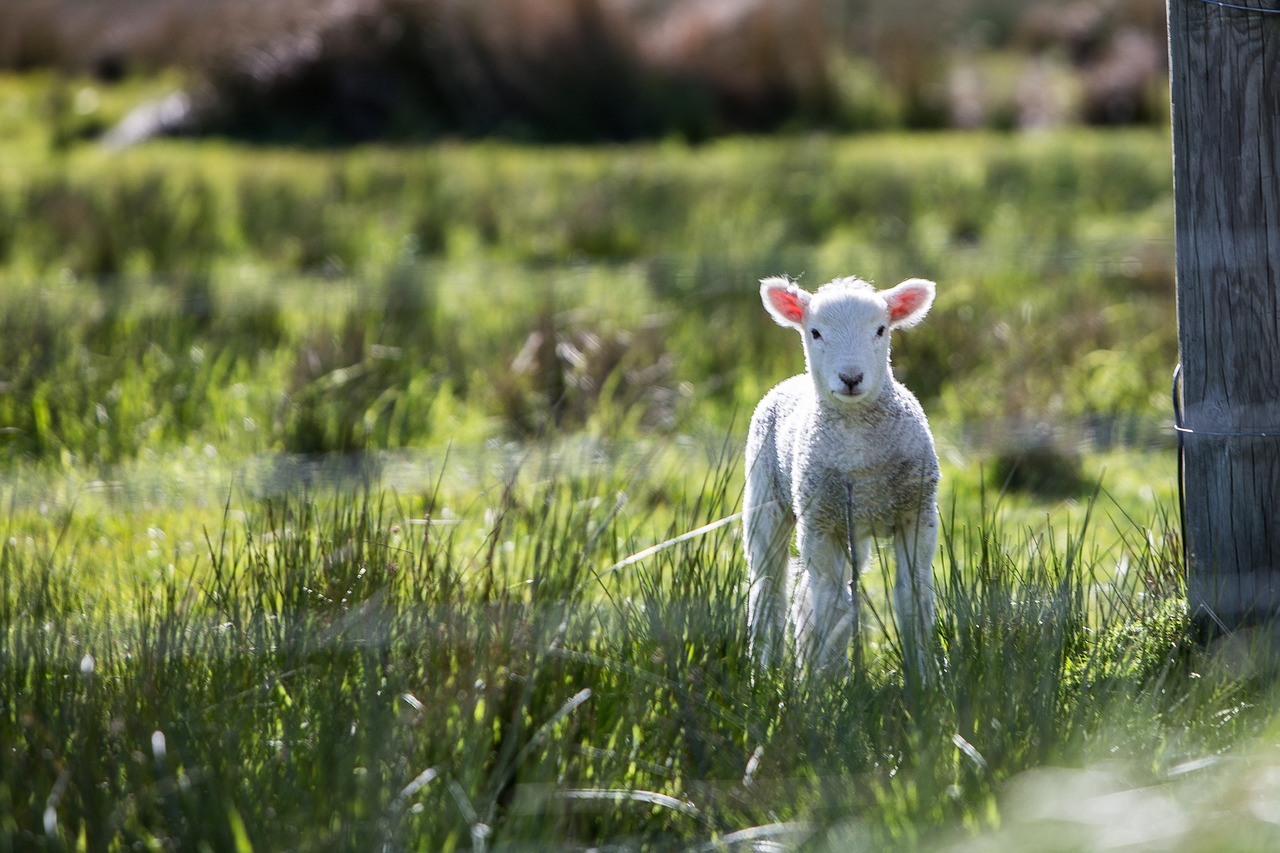The branding of livestock has long been used as a method for identifying ownership of animals kept in open-grazing environments. In many of the western US states, branding remains the primary method of determining livestock ownership.
However, marking livestock is no longer limited to branding! Today there are modern branding techniques such as ear marking, visual ear tagging, RFID ear tagging and rumen boluses – ceramic capsules administered orally to cattle.
Although techniques may have changed, the primary purpose of marking livestock remains a method for identification. As systems have developed, the uses of identification have extended beyond ownership disputes.
In Australia, ear tagging and marking now form the basis of the National Livestock Identification System (NLIS), the system used for tracing cattle, sheep and goats for biosecurity, food safety, product integrity and market access purposes. Similar systems exist in other countries, such as the National Animal Identification System in the United States, the British Cattle Movement Service, and the National Animal Identification and Tracing system being developed in New Zealand. Under the NLIS, cattle must be marked with an ear tag or a combination of a rumen bolus and visual ear tag. Sheep and goats are marked with a visual ear tag or an RFID ear tag.
Ear marking is intended to ensure the safety and quality of meat by tracking livestock from birth to slaughter. For example, all cattle treated with a hormonal growth implant must be permanently identified with a triangular ear mark in the middle of the right ear. Furthermore, marking livestock in this way allows for a database of animal residency and interaction with other animals to be kept. This aids in disease identification and management, and can help prevent widespread outbreaks.
Livestock branding and marking has evolved from a simple system for identifying ownership to a complex RFID and electronic-based tracking. While ownership is still an important part of livestock marking, new technology has significantly extended its usefulness. It is now a vital part of strategies developed to ensure the quality and safety of meat, and to prevent the spread of disease.
To get traditional livestock ear tags for the protection and identification of your livestock animals and your farm go to https://ezhingefarmgate.com. Visit Ez Hinge Farm Gate today for all your farm and livestock needs!

